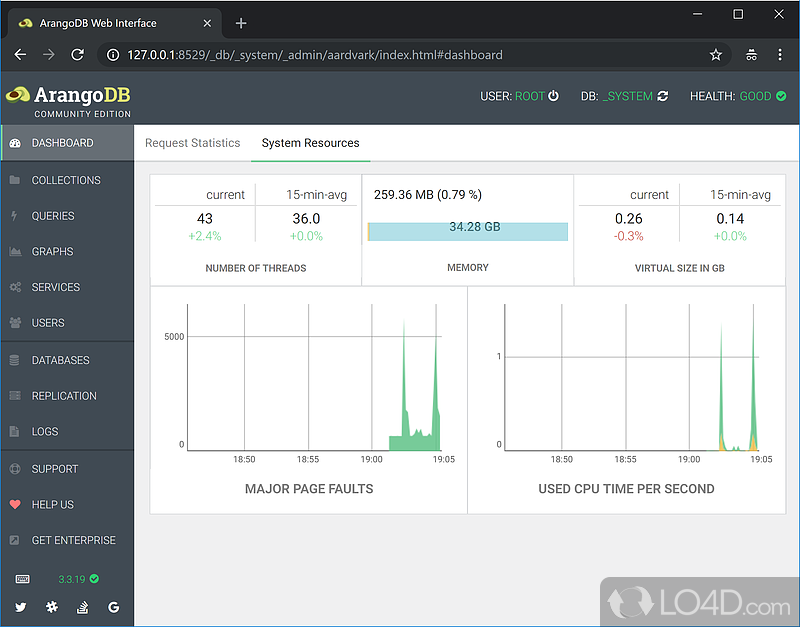

Query Language: Interact with your data using either an API or a query language. The value can be any data type, even another document. The key is a string that names the value (like a column in a relational database). Documents are arbitrary data structures consisting of key-value pairs. You’ll probably want to familiarize yourself with them before building a project on ArangoDB:ĭocument Store: ArangoDB stores data in documents, in contrast to how relational databases store data. Throughout the article we will use some core concepts.
Arangodb client application install#
This article will help you to install ArangoDB and will give a short introduction to how some of its core features can be used.Īfter completing this tutorial, you should be able to: Since ArangoDB has a lot of features it could be intimidating at first, but after a second look it is not complicated at all. You can query data with a full-fledged query language (named AQL), make ACID compliant transactions, add custom HTTP endpoints in the form of JavaScript applications with its embedded V8, and more. It was created in 2011, when many NoSQL database were already around, with the goal of being a comprehensive database solution that could cover a variety of use cases.Īt its core ArangoDB is a document store but that is only the beginning.


 0 kommentar(er)
0 kommentar(er)
